Bicycle tires are one of the most crucial elements influencing one’s ride and performance. This is because tires are the first in line when it comes to contact with the road. They dictate speed, handling, and comfort for the rider. With today’s crowded market full of tire suppliers offering many alternatives, choosing quality bike tires can be a challenging task.
This guide gives an overview of the bicycle tire market and highlights the main types of tires available. It also offers six tips for selecting the best bicycle tires in 2024!
Table of Contents
Market share of bicycle tires
Types of bicycle tires
6 tips for selecting the best bicycle tires
Final thoughts
Market share of bicycle tires
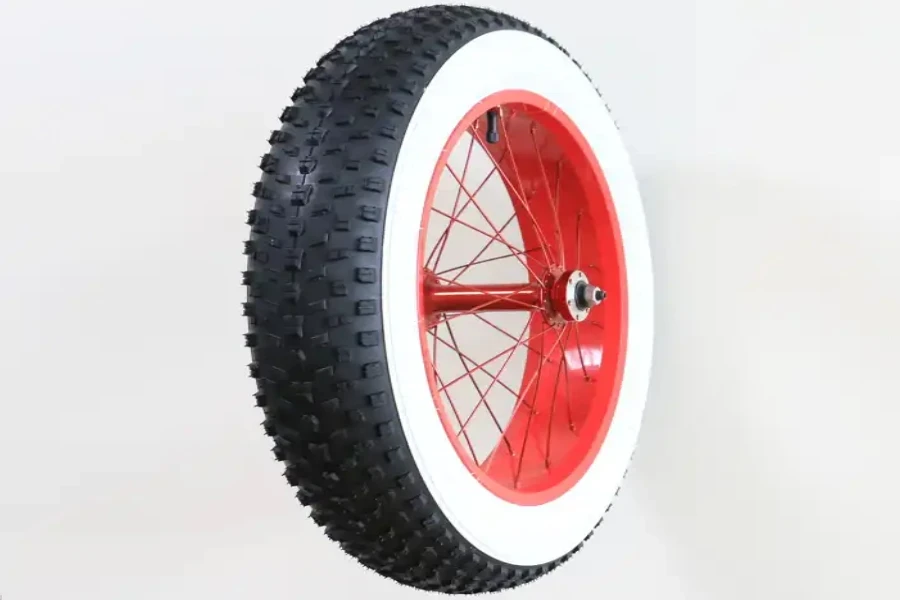
According to Industry Research, in 2022, the bicycle tires market was valued at USD 7.049 billion. It is expected that the market will expand at a compound annual growth rate (CAGR) of 6.07% during the forecast period of 2023 to 2028. By 2028, the market is expected to be valued at USD 10 billion. This increase in demand for bicycle tires is primarily due to three major reasons. Firstly, there has been an increased focus on sustainable and eco-friendly means of transport. Secondly, more people have shown interest in cycling as an enjoyable activity. Thirdly, many people are now aware of the health benefits of cycling.
Areas that have seen increasing demand for bicycle tires are mainly Europe, which is known for its cyclable environments. The Asia Pacific region also has a high demand, especially in China and India, where many commuters and recreation cyclists are emerging.
Types of bicycle tires
1. Road bike tires
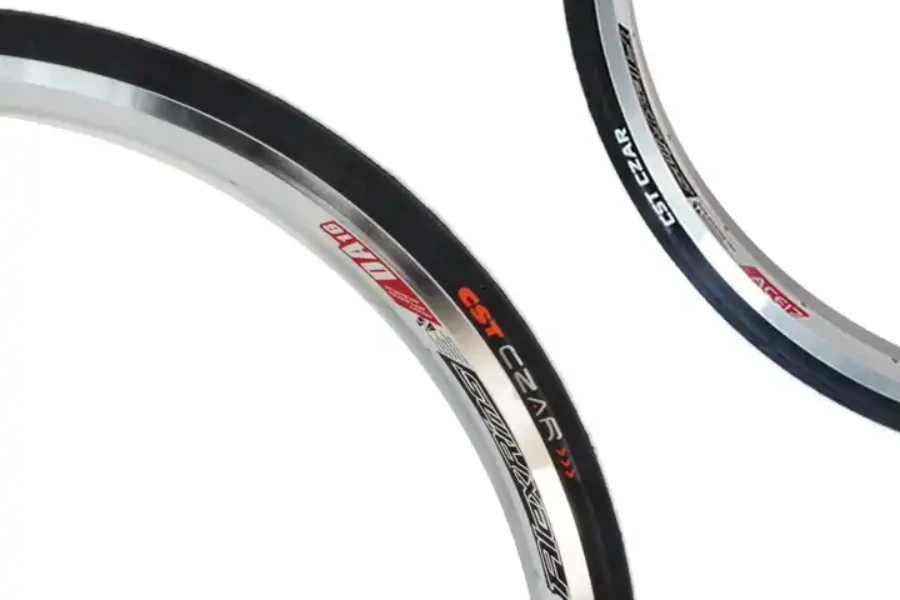
Road bike tires are meant to move through smooth pavements with ease, which is why they are popular among enthusiasts who want to achieve maximum speed. They have smooth tread patterns with low rolling resistance, suitable for road races and sport riding.
Road bike tires usually come in 700c x 23mm or 25mm, making them lightweight and wind resistant. Quality road bike tires cost around USD 40 to USD 80 per tire. They guarantee smooth riding for distances varying from 2000 to 5000 miles in the case that they are handled properly.
2. Mountain bike tires
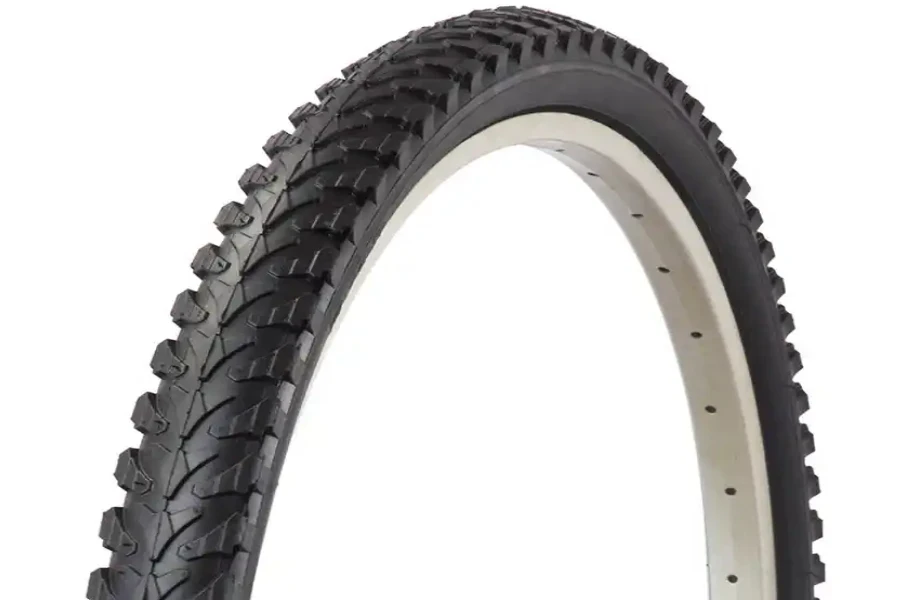
Mountain bike tires are a sturdy companion that serve as a friend for those who travel along unfrequented paths of harsh terrain. These tires have strong features with hard-biting treads that grip on rough terrains like muddy paths and rocks well.
Mountain bike tires come in different sizes, such as 27.5 inches and 29 inches at numerous widths. They go for about USD 30 to USD 80. Provided that one takes care of them, these tires will go through 1000 to 2000 miles of tricky roads.
3. Hybrid bike tires
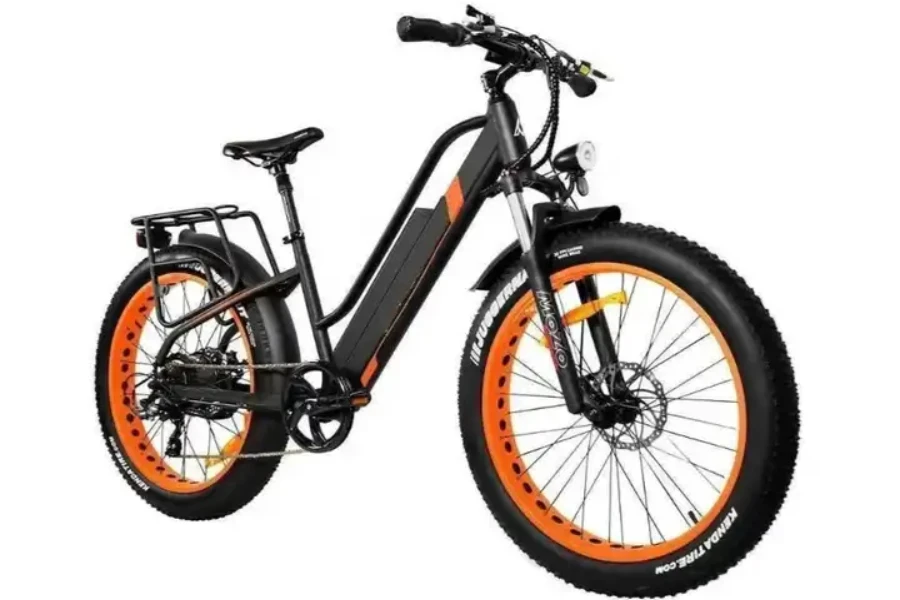
Hybrid bike tires are a versatile type that bridged the gap between city commuter riding and occasional off-road use. They have a balanced tread that enables them to move over smooth roadways and light trails easily. These tires, which are sized at about 700c x 35mm and 700c x 38mm, combine both comfort and flexibility.
Hybrid bike tires are a good choice as they are priced within the range of USD 20 and USD 50. These tires are designed to last long, running as much as 1,500 to 3,000 miles.
6 tips for selecting the best bicycle tires
1. Size
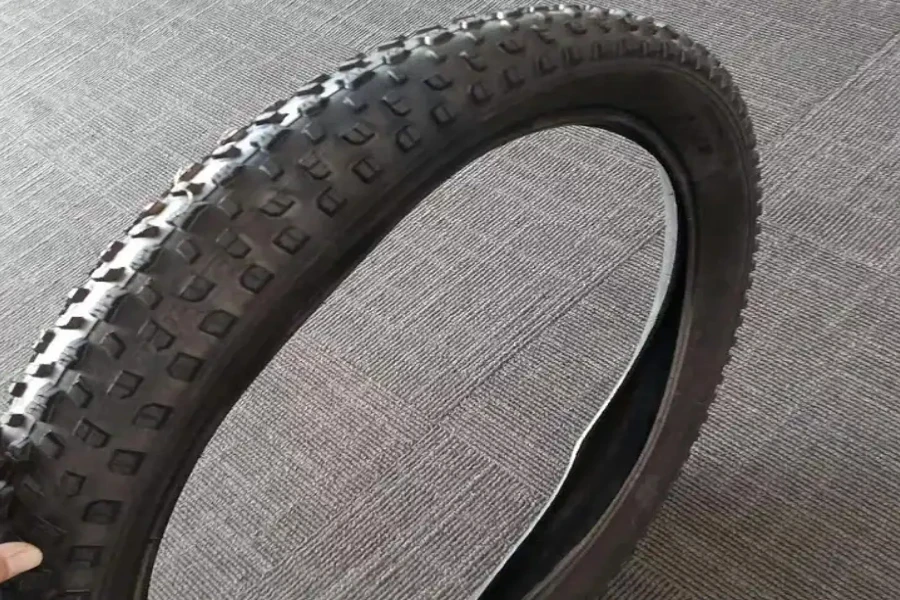
The size of bicycle tires determines a bicycle riding experience. Tire size is mostly expressed in inches or millimeters, and it impacts the handling ability of the bike and the overall stability of the ride. Road bike tires are available in measures such as 700c x 25mm, which offer both speed and comfortability. Mountain bike tires could measure as wide as 29 inches and at 2.2 inches, offering better grip on rocky surfaces.
2. Tube type
Trends in tubeless vs. tubed bicycle tires have a great effect on performance, as well as maintenance. The tubeless types with no inner tube have low friction resistance and may curtail flat tires. They are suitable for roads as well as for mountain biking. Traditional tubed tires have an internal tube that makes them easier to install and repair. The choice of tube type is dependent upon the ride, ease of maintenance, and location.
3. Cost
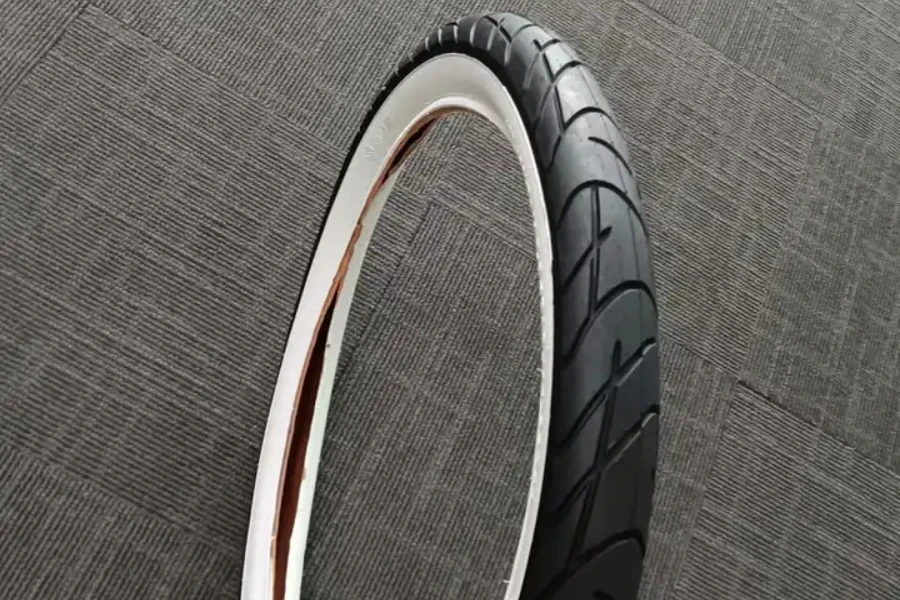
Bicycle tire prices differ greatly depending on such aspects as manufacturer, type or reliability. Lightweight and high-performance road bike tires are on the expensive side; they retail at USD 20 to USD 100. A mountain bike tire costs between USD 30 to USD 80 depending on its expected performance when riding over difficult terrains.
A wider spectrum of hybrid bike tires would suit urban commuting as well as a few kilometers on a trail at prices of around USD 20 to USD 50. Look at what you can afford while bearing in mind you should not compromise on the quality of tires if that means better performance and a longer life span.
4. Durability
Cyclists need durable bicycle tires to have an enjoyable experience and be economical for longer. With good maintenance and routine checks, the typical use of an average road bike tire could be between 2,000 to 5,000 miles in its lifetime. Usually, mountain bike tires last between 1,000 and 2,000 miles due to rough terrain. Hybrid bike tires can go 1,500 to 3,000 miles depending upon regular maintenance.
5. Tread pattern
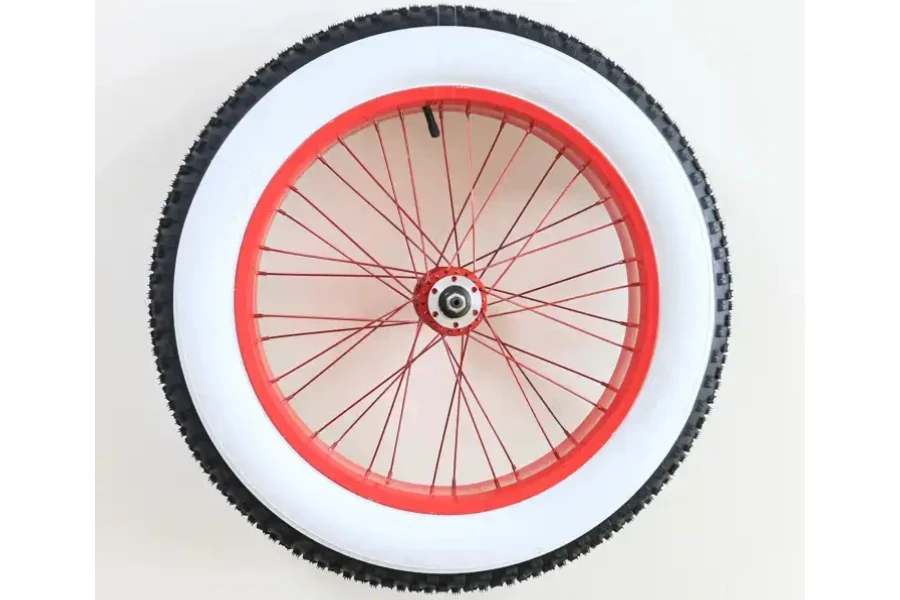
The tread pattern of a bike tire is a determinant of its performance on various surfaces. Slick or semi-slick tread patterns prevalent in road bike tires have lower rolling resistances. This means they are suitable for smoother pavements. On the other hand, mountain bike tire treads are also deeper and more widely spaced, delivering superior grip on rough terrain.
Hybrid bike tires have an intermediate tread pattern design that is appropriate for riding on city streets and trails. Choose a tire tread pattern corresponding to its intended use, considering the primary surfaces it may be riding on.
6. Terrain compatibility
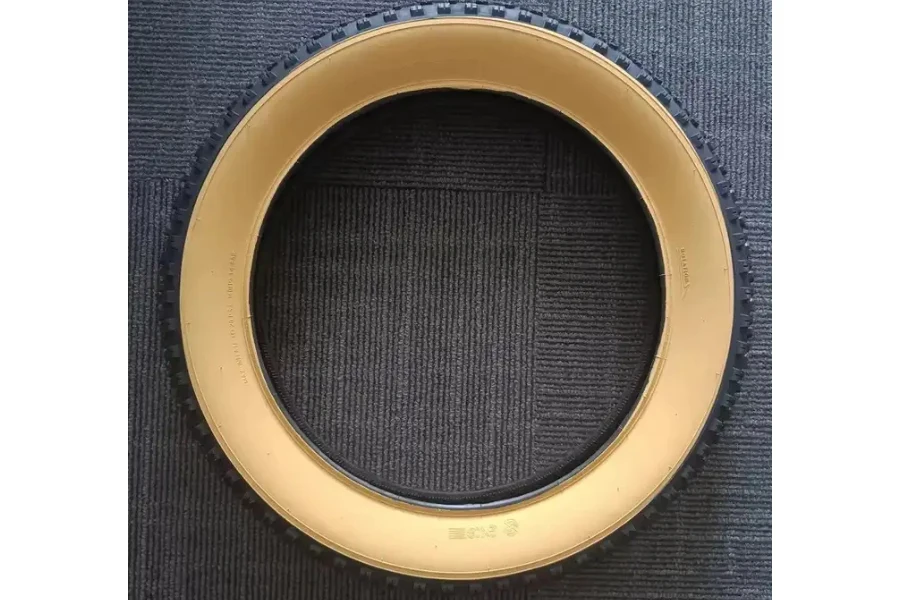
Bike tires should be suited to the terrain they will be used on to achieve maximum comfort and efficiency during the ride. As for road bikes, they have the minimum rolling resistance with the smooth paved surface in mind while on city streets and long distances.
Mountain bike tires featuring aggressively patterned rubber that perform well on dirt trails, loose surfaces and rock gardens. City-to-trail hybrid bike tires are very efficient for both city streets and light trail navigation. Ensure that you have considered the type of terrain before purchasing suitable tires.
Final thoughts
When selecting suitable bike tires, one needs to think about various elements like the size, tube type, pricing, durability, tread patterns, etc. All these factors complement each other in enhancing the biking performance, safety, and durability. Visit Chovm.com to explore a range of bicycle tires that meet different needs and budgets.





 বাংলা
বাংলা Nederlands
Nederlands English
English Français
Français Deutsch
Deutsch हिन्दी
हिन्दी Bahasa Indonesia
Bahasa Indonesia Italiano
Italiano 日本語
日本語 한국어
한국어 Bahasa Melayu
Bahasa Melayu മലയാളം
മലയാളം پښتو
پښتو فارسی
فارسی Polski
Polski Português
Português Русский
Русский Español
Español Kiswahili
Kiswahili ไทย
ไทย Türkçe
Türkçe اردو
اردو Tiếng Việt
Tiếng Việt isiXhosa
isiXhosa Zulu
Zulu